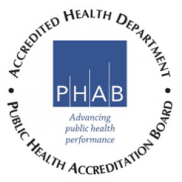Mold Guidance
The Arkansas Department of Health (ADH) has a broad overview of environmental conditions and hazards, such as mold, that affect the citizens of Arkansas. Homeowners can hire indoor air quality service providers to identify mold problems, or mold remediation professionals to clean or remove mold. ADH does not provide inspection, testing, or cleaning services.
You will find more information about mold listed below.
Mold is a type of fungus. Mold spores are commonly found in both the indoor and outdoor air, but they will only grow if they find the right conditions. Mold requires three simple elements to grow:
- Moderate temperatures
- Nutrients (food)
- Moisture
Mold can start to grow on interior building surfaces and furnishings if there is too much moisture. Eventually, the mold will damage the materials on which it is growing and may cause health effects for individuals who spend time living or working in the areas where mold is present.
Health effects from mold can vary greatly from person to person. Common symptoms can include coughing, runny nose, wheezing, and sore throat. People with asthma or allergies may notice their symptoms worsen.
Many molds are capable of producing allergens and irritants that can be harmful to your health. For this reason, all indoor mold growth should be removed promptly, regardless of the type of mold present.
Anyone with health concerns that may be a result of a moldy environment should contact their medical provider.
- The most practical way to find a mold problem is to simply use your eyes and nose to find signs of excess moisture and mold growth. If you see or smell mold, you should assume that a problem exists.
- Mold needs water to grow. Controlling moisture in your home is the best way to prevent mold problems.
- Many people want to test their homes for mold. In most situations, ADH does not recommend mold testing. There are several reasons for this:
- Proper mold testing is expensive – If you can see or smell mold in your home, you know you have a mold problem. There are several ways to test for mold, and each test has different advantages. In order to get a good idea of a mold problem, several types of tests are needed. It is usually better to use the money you would spend on testing to solve the moisture issues and clean up mold.
- There is no health-based standard for mold levels in the air – Everyone reacts differently to mold and there is not enough research available to determine how much mold is considered acceptable.
- Any mold growing inside is a problem; it does not matter what specific type of mold is present – Consider any type of mold growing indoors a potential health hazard. It doesn’t matter if it is black, red, or green, any mold indoors is a problem.
- There are rare situations where testing may be valuable. For some circumstances, testing may confirm mold growth or document that clean-up efforts have met expectations. In these cases, it is important to use a skilled professional who will interpret the results for you and help you reach a decision. Testing should never be a substitute for a good visual inspection.
- Currently, there are no State of Arkansas or Federal laws or regulations requiring property owners to remediate (clean up) the presence of mold in buildings (residential or commercial). Prompt remediation is recommended if mold is present inside a building, but ultimately remediation is the option of the building owner and/or occupant of the building.
Downloads
Contact Information
Environmental Epidemiology
4815 W. Markham – Slot 32
Little Rock, AR 72205
Phone: 501-534-6125
Fax: 501-280-4090
[email protected]


